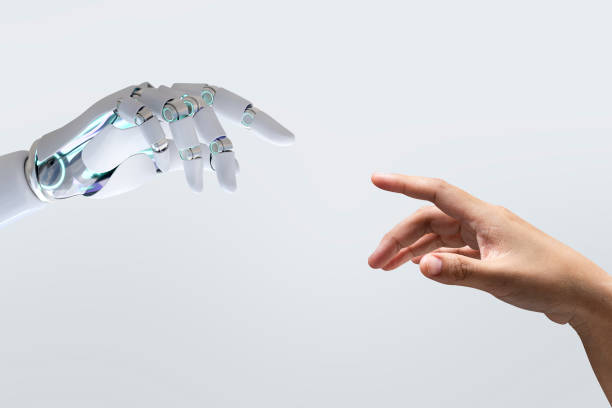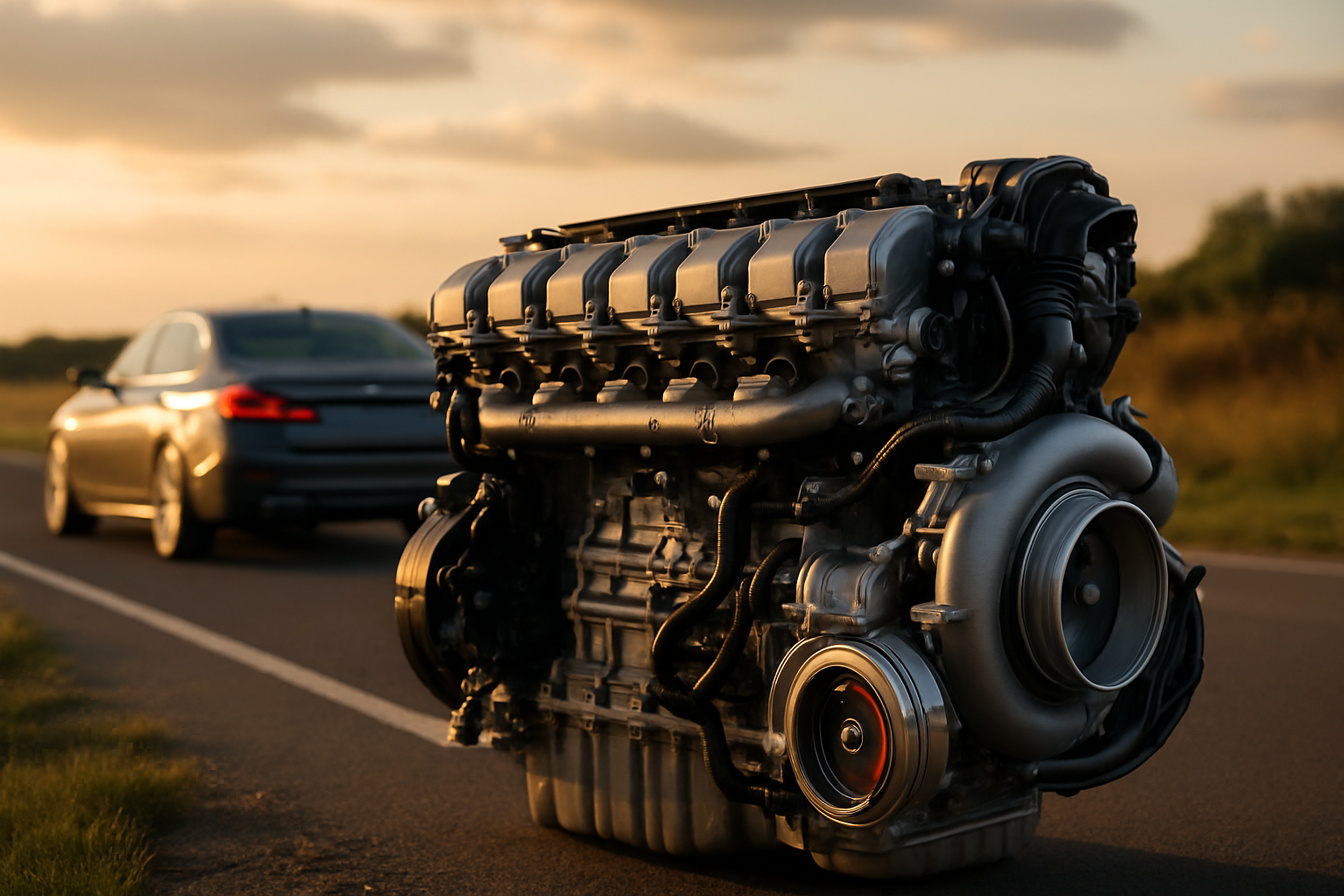"Shaping the Industrial Landscape: The Rise of Cobots in Modern Manufacturing"
In an era where automation and innovation are redefining industries, collaborative robots, or 'cobots,' are making significant strides in modern manufacturing. This article delves into the emergence, applications, and implications of cobots in the industrial sector.

The Emergence of Cobots: A Historical Perspective
In the late 1990s, the concept of cobots was introduced to the world by researchers at Northwestern University. The aim was to develop a robot that could work in collaboration with a human operator, rather than replacing them. Over the years, technological advancements have transformed cobots from being a promising concept to a practical solution, boosting productivity and efficiency in manufacturing processes.
Cobots in Today’s Manufacturing Landscape
Today, cobots are widely used across various industries, from automotive manufacturing and electronics to food and beverage production. Unlike traditional robots, cobots are designed to work alongside humans in shared workspaces. They are versatile, easy to program, and can perform a wide range of tasks, including assembly, picking and placing, packaging, quality inspection, and more.
The Impact of Cobots: Benefits and Challenges
The integration of cobots in manufacturing operations comes with numerous benefits. They enhance productivity by performing repetitive tasks more quickly and accurately than human workers. Furthermore, cobots can operate safely alongside humans, reducing the need for physical barriers and creating a more flexible work environment.
However, the adoption of cobots also presents several challenges. There are concerns about job displacement and the need for workers to acquire new skills to work effectively with cobots. Moreover, the initial investment for cobot installation can be high, although the long-term benefits often outweigh the costs.
Research-Backed Insights: Cobots in the Future
According to a report by Markets and Markets, the global cobot market is expected to grow from USD 710 million in 2020 to USD 6,501 million by 2025. This surge indicates the increasing acceptance and adoption of cobots in manufacturing, which will continue to shape the industry’s future.
Practical Insights on Cobots in Manufacturing
- Cobots are a cost-effective solution for small and medium-sized enterprises (SMEs) looking to automate their operations.
- Implementing cobots requires a shift in workforce training and development strategies.
- Cobots can be used in conjunction with traditional automation systems to increase operational efficiency.
In conclusion, cobots have emerged as a transformative force in manufacturing, bringing efficiency and innovation to the forefront of industrial operations. While challenges exist, the benefits and potential of cobots can’t be overlooked. As the cobot market continues to grow, businesses need to adapt and explore ways to integrate cobots into their workflows to stay competitive in the evolving industrial landscape.




